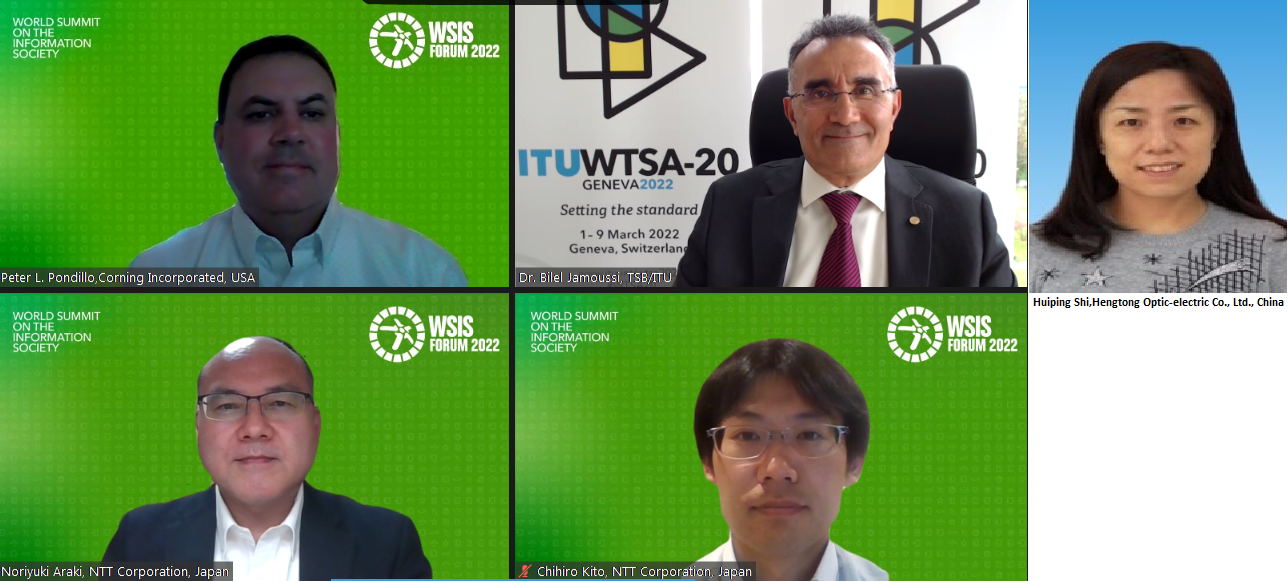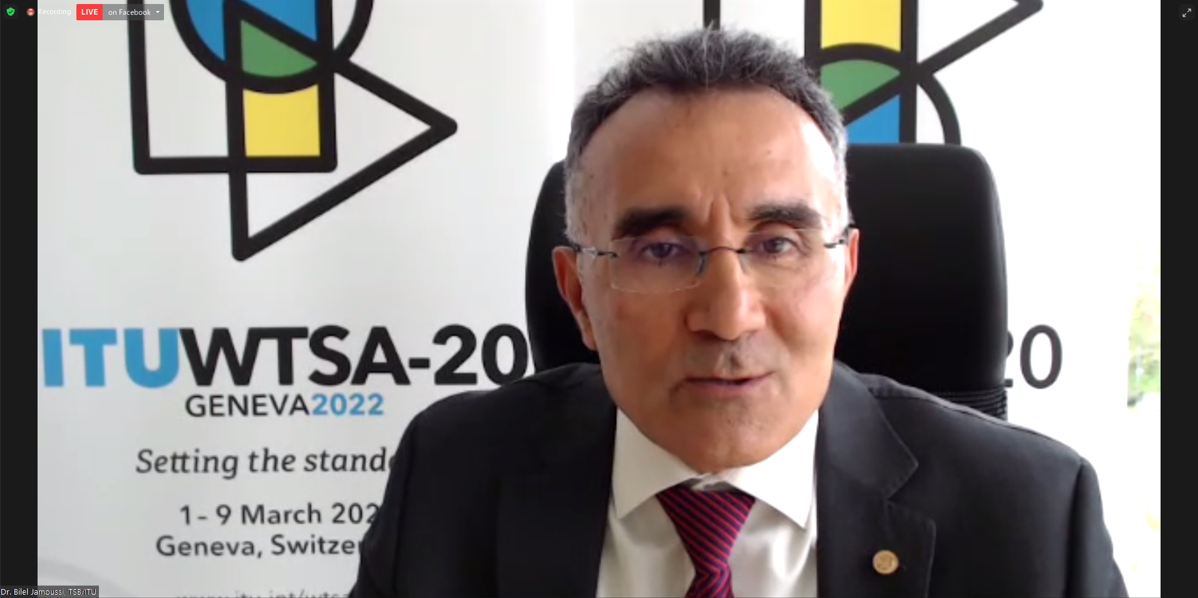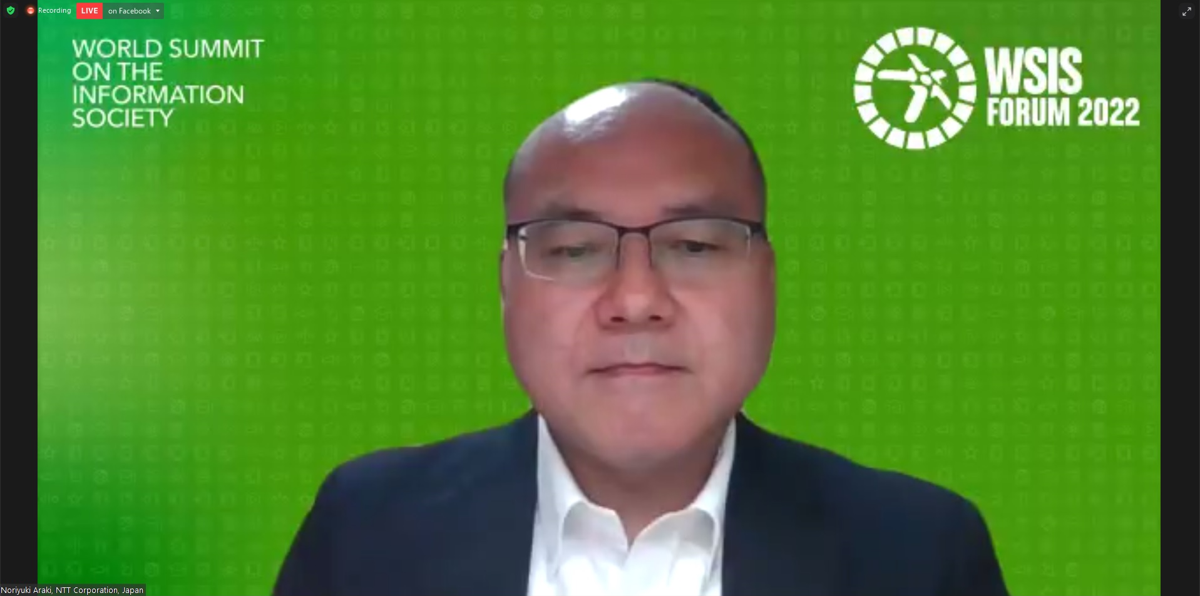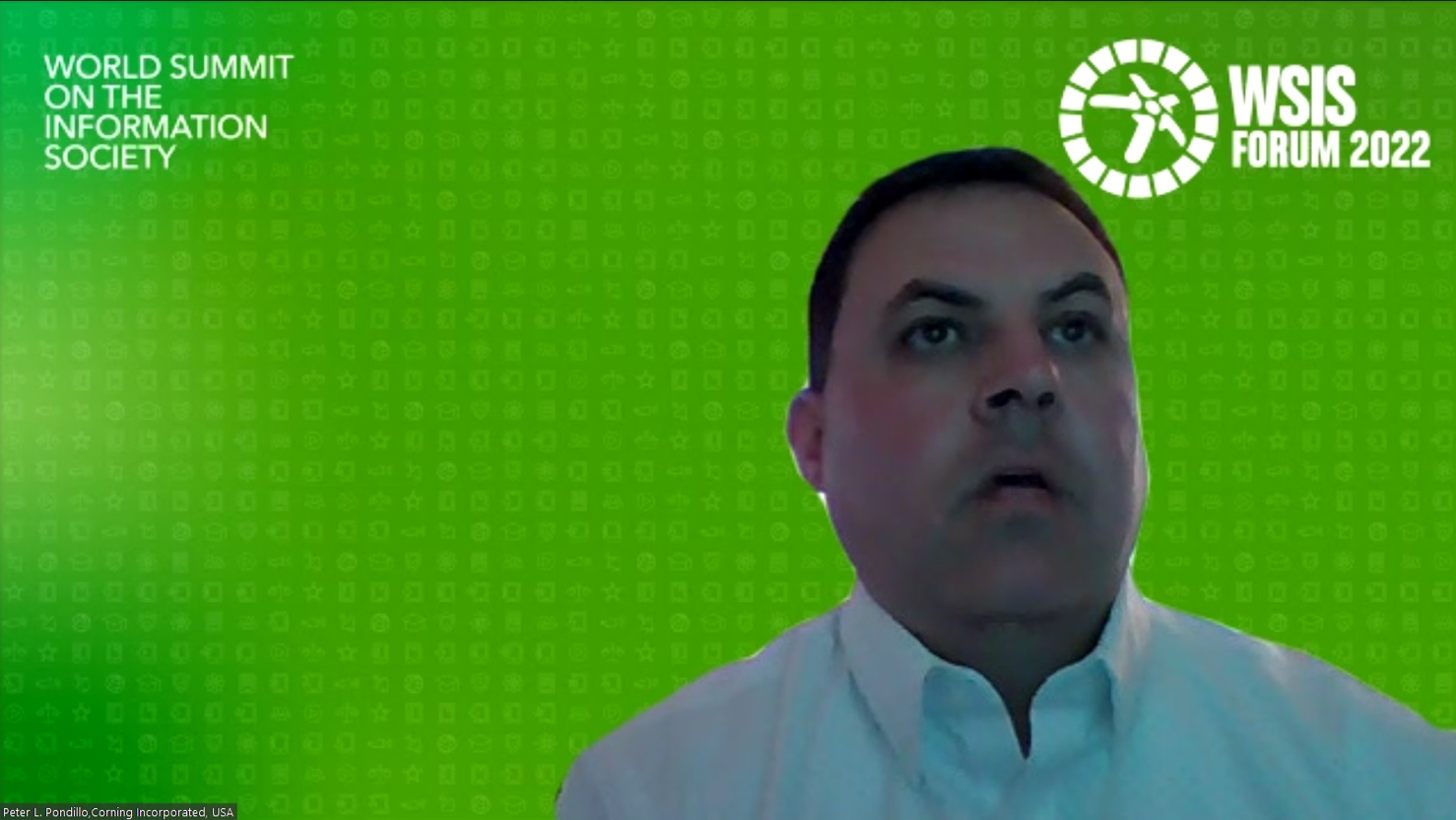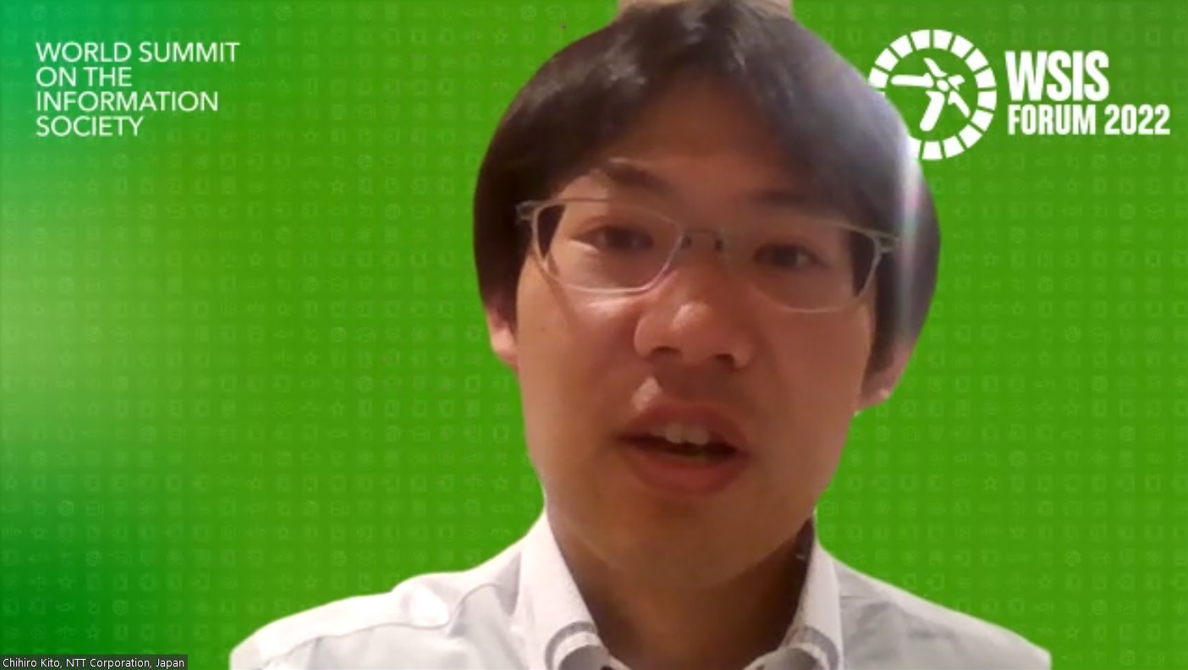Five perspectives for future optical fibre cable and infrastructure technologies
ITU-T Study Group 15
Session 170
Part 1: Future optical fibre cable and infrastructure technologies for full connected world, 5G and beyond, and smart maintenance
Since the first international Recommendation for an optical fibre was established in 1980, optical fibre cable technology and associated international standards have significantly evolved. Optical communication continues to be deployed worldwide, greatly improving our lifestyle and quality. Depending on infrastructure deployment conditions, limited accessibility to optical communication may cause non-negligible digital divide. Future global optical network needs Peta-bit class capacity in an optical submarine system. Massive parallelism of optical fibre cable will also be needed in future terrestrial network. Moreover, global environmental change requires new role for an optical fibre cable network. To support these future perspectives, optical fibre cable and infrastructure need advanced technologies and new growth strategy.
In this session, latest trend and emerging technology for optical fibre cable and infrastructure will be discussed from five viewpoints. These are optical fibre cable and infrastructure technologies for:
- Full connected world,
- 5G and beyond,
- Smart maintenance,
- Sustainable growth,
- Global and local environment.
This session consists of two parts.
- Part 1 covers “Full connected world”, “5G and beyond”, and “Smart maintenance”,
- Part 2 discusses “Sustainable growth” and “Global and local environment”.
Six individual presentations will be made from experts in international standardisation and research field. These presentations also consider the latest topics in Question 5 “Characteristics and test methods of optical fibres and cables, and installation guidance”, Question 7 “Connectivity, operation and maintenance of optical physical infrastructures” and Question 8 “Characteristics of optical fibre submarine cable systems” of ITU-T Study Group 15.
Agenda of Part 1 - Future optical fibre cable and infrastructure technologies for full connected world, 5G and beyond, and smart maintenance
Moderator: Mr. Noriyuki Araki (NTT)
- Talk 1: Optical fibre cable technologies for full connected world
(Keywords: Reduced coating/cladding fibre; Optical fibre cable for un-reached area; L.100: Optical fibre cables for duct and tunnel application; L.111: Optical fibre cables for in-home applications; and so on)
Panellist: Mr. Peter Pondillo (Corning)
- Talk 2: Physical layer technologies and standardisation for 5G and beyond
(Keywords: Fibre and cable for mobile fronthaul (MFH); New optical network topology and new system concept for MFH; L.oehc: Type-II Optical/Electrical Hybrid Cables for access points and other terminal equipment; L.250: Optical access network topologies for broadband services; and so on)
Panellist: Ms. Huiping Shi (Hengtong Optic-electric)
- Talk 3: Advanced technologies for smart optical infrastructure maintenance
(Keywords: Mobile mapping system (MMS) for infrastructure maintenance; Prediction and preservation technology for telecom infrastructure; and so on)
Panellist: Mr. Chihiro Kito (NTT)
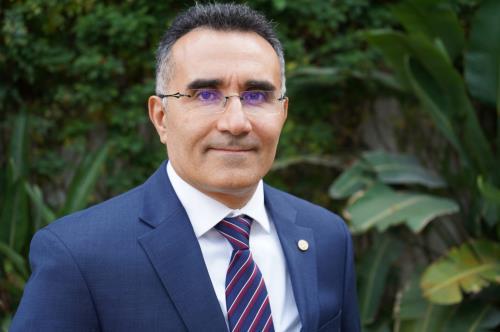
A distinguished engineer, leader, and diplomat; multilingual standardization expert and holder of 22 patents, Tunisian born Dr. Bilel Jamoussi has been Chief of the Study Groups Department of ITU Standardization Bureau (TSB) in Geneva Switzerland since 2010.
He has led the coordination of the bureau’s standards moving activities into a new era characterized by digital transformation that needs an increased collaboration with vertical sectors such as healthcare, transportation, utility, and banking. His innovative approach has served as a catalyst to launch new standards initiatives related to emerging technologies such as IoT, Blockchain, AI, and Quantum, attracting a new wave of memberships from non-traditional players.
He has also been credited with bringing the telco and financial sectors together to develop digital payments guidelines and standards with the aim of advancing financial inclusion globally.
Bilel is recognized as a key figure in the ICT industry. Key achievements under his tenure have been important new standards while effectively managing staff by recruiting new talent, improving gender balance, delivering new work methods, and staying within budget.
Prior to 2010, he worked in the private sector for 15 years and held senior executive positions such as Director of Standards for Nortel. In this role, he participated in over 90 standards-making bodies worldwide. In the Internet Engineering Task Force (IETF), he authored a number of Internet standards.
As an IEEE Senior Member, he was elected to the IEEE Standards Association (IEEE-SA) Board of Governors and the IEEE-SA Corporate Advisory Group.
He holds a BSc, MSc, and Ph.D. degrees in Computer Engineering from the Pennsylvania State University, USA.
Bilel has lived in Tunisia, Canada, the USA, and Switzerland, giving him a unique global viewpoint. He is fluent in Arabic, French, and English and speaks some Spanish and German.
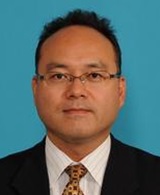
Mr. Noriyuki Araki received a B.E. and M.E. in electrical and electronic engineering from Sophia University, Tokyo, in 1993 and 1995.
Noriyuki Araki was the Rapporteur of Question 17 of ITU-T SG15 from 2008 to 2012. He also served as the chairman of the ITU-T Focus Group on Disaster Relief Systems and Network Resilience and Recovery.
He has been the vice-chairman of ITU-T SG15 from 2013 to 2022 and he currently serves as the chair of WP2 of ITU-T SG15. He also contributes to the activities of International Electrotechnical Commission (IEC) Technical Committee 86 (fiber optic systems).
Noriyuki Araki received the ITU-AJ award from the ITU Association of Japan in 2017 and is a member of the Institute of Electronics, Information and Communication Engineers (IEICE).
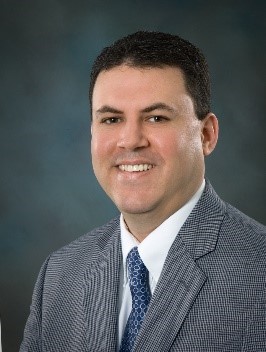
Mr. Peter Pondillo, Senior Manager, Standards & Policy, is responsible for Corning’s Global Technology & Industry Standard (GTIS) management & operations.
Peter Pondillo is Convenor of IEC SC 86A WG1 (Optical Fiber) and Co-Convener of IEC TC 46/SC 46C/JWG 8 (Hybrid Cables).
He also currently serves as the Liaison officer for ITU-T SG15 and IEC TC86, SC86A, and SC86C international standard organisations.
He is an elected member-at-large of the American National Standards Institute Board. He is also Vice President-elect (Finance) of the US National Committee of the IEC.
Peter Pondillo received a Bachelor of Science in Physics from Allegheny College (1997) and a Master of Science in Electrical Engineering from Tufts University, specialising in Electro-Optics (1999).
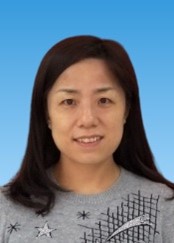
Ms. Huiping Shi, graduated from Wuhan University in 1998 with a Ph.D in high voltage technology.
Huiping Shi joined Wuhan Institute of Posts and Telecommunications in 1998 and joined Hengtong Optic-electric Co., Ltd. in 2017 in China. Now, she is the Chief Engineer of Hengtong Optic-electric Co., Ltd.
She has worked in optical fiber cables fields for more than 20 years. She focused on new products development and research.
Huiping Shi has been charge of over 20 standard projects, owned more than 20 patents, and published more than 30 papers in international conferences and publications.
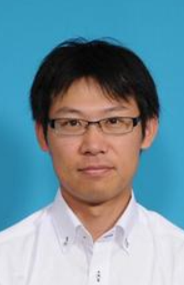
Mr. Chihiro Kito received the B.E. and M.E. degrees from Toyota Technological Institute in 2009 and 2011, and the Ph.D. from Shimane University in 2017, respectively.
Chihiro Kito joined NTT Access Network Service Systems Laboratories, Ibaraki, Japan, in 2011, where he has been engaged in research on optical fibre measurement technology for efficient maintenance of optical access network.
He also has been acting as Rapporteur Q16/SG15 of ITU-T since 2021.
Chihiro Kito is a member of the Institute of Electronics, Information, and Communication Engineers (IEICE) of Japan.
-
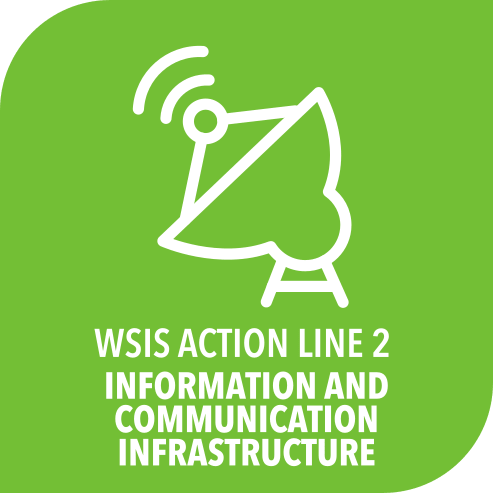 C2. Information and communication infrastructure
C2. Information and communication infrastructure
The links between Part 1 of the ITU-T Study Group 15 session and the selected C2 related WSIS Action Line are:
- Technical aspects of the broadband physical infrastructure deployment for sustainable growth and development
- International standards for optical fibre cable and infrastructure technologies
- Latest trend and emerging technology for optical fibre cable and network infrastructure
In this Part 1 of the ITU-T Study Group 15 session, optical fibre cable and infrastructure technologies will be presented and discussed, specially:
- Optical fibre cable technologies for full connected world,
- Physical layer technologies and standardisation for 5G and beyond,
- Advanced technologies for smart optical infrastructure maintenance.
-
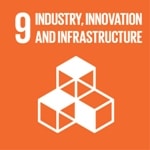 Goal 9: Build resilient infrastructure, promote sustainable industrialization and foster innovation
Goal 9: Build resilient infrastructure, promote sustainable industrialization and foster innovation
The links between Part 1 of the ITU-T Study Group 15 session and the selected Goal 9 related Sustainable Development Goal are:
- Technical aspects of the broadband physical infrastructure deployment for sustainable growth and development
- International standards for optical fibre cable and infrastructure technologies
- Latest trend and emerging technology for optical fibre cable and network infrastructure
In this Part 1 of the ITU-T Study Group 15 session, optical fibre cable and infrastructure technologies will be presented and discussed, specially:
- Optical fibre cable technologies for full connected world,
- Physical layer technologies and standardisation for 5G and beyond,
- Advanced technologies for smart optical infrastructure maintenance.
ITU-T Study Group 15 webpage
//1f8a81b9b0707b63-19211.webchannel-proxy.scarabresearch.com/en/ITU-T/studygroups/2022-2024/15/Pages/default.aspx
